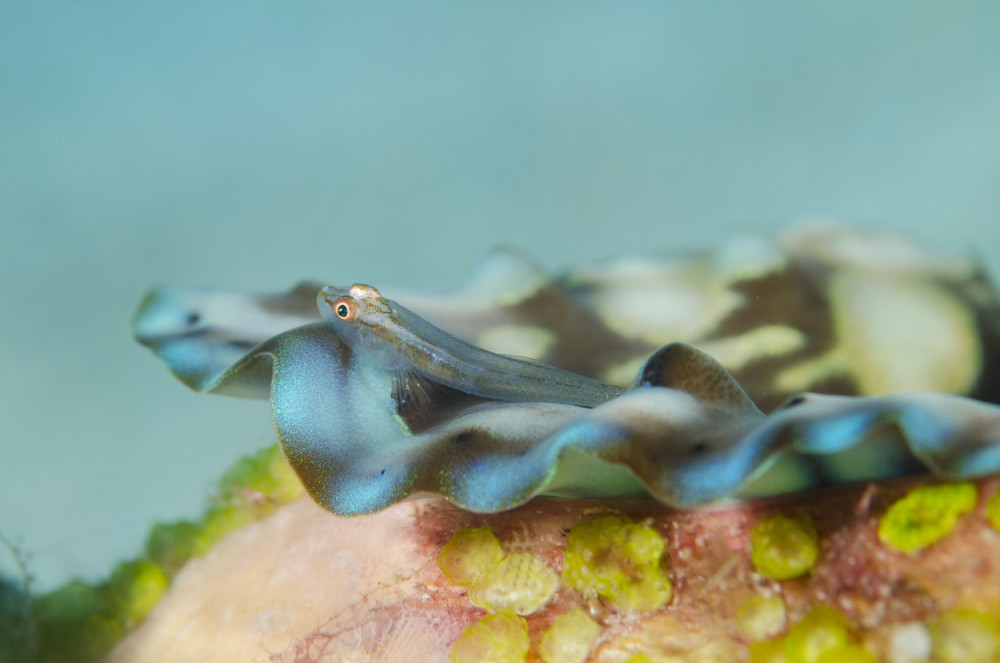Where
All Australian Marine Parks
Who
Reef Life Survey is a non-profit citizen science program in which trained SCUBA divers undertake standardised underwater visual surveys of reef biodiversity on rocky and coral reefs around the world.
When
2012 - 2021
Why
Shallow reefs in Australian Marine Parks are teeming with life. Below the clouds of colour in the fish hovering above the reef, a collection of species known as ‘cryptic fishes’ often go unnoticed on the reef substrate. Cryptic fishes include some of the smallest fish species on the planet, ranging up from gobies that only reach ~1cm as adults. The variety of shapes and colours in small gobies, blennies, triplefins and scorpionfishes fascinate those who search them out. The highly abundant and diverse cryptic fishes are believed to be a source of reef ‘fuel’, representing an important connection in reef food webs from the miniature, almost invisible crustaceans, to the larger reef fishes that are valued for fishing and tourism.
How
Biodiversity surveys were conducted on almost 1700 underwater transects at over 500 shallow reef sites, spanning across all Australian Marine Park regions and the Coral Sea Marine Park between 2012 and 2021. Each survey involved divers laying out 50 m transect lines along the reef and counting all fishes, including “cryptic fishes” which are species typically associated with the substrate, and mobile macroinvertebrates (e.g. sea urchins, clams, crustaceans). Photographs were taken along each transect to record organisms growing on the substrate, such as corals, sponges and seaweeds. Surveys were repeated three times at most of the sites, all using the same methods, allowing changes in abundance, biodiversity, and biomass to be investigated. Rigorously searching a set area along the transect line gives divers the opportunity to carefully hunt through corals, seaweeds, caves and overhangs for all cryptic fish species such as gobies, blennies, triplefins, bullseyes, squirrelfishes and cardinalfishes.
What did we learn
Hundreds of species of cryptic fish have been identified from surveys in Australian Marine Parks and added to the Reef Life Survey global species distribution database. Among these species are gobies, blennies, triplefin and other tiny species that remain smaller than 5 cm for their entire lives and weigh almost nothing. The main food source of these small cryptic fishes is often detritus or tiny detritus-feeding crustaceans. Often in coral reef systems, nutrients are limited, so these tiny cryptic fish species play an important role as an abundant source of protein for larger fishes and even lots of invertebrates, like shrimps. While many species are still yet to be formally identified, their importance in recycling reef nutrients is clear. In many places, these little fish may provide an important mechanism for maintenance and/or recovery of populations of the larger reef fish species protected within Australian Marine Parks.
What next
Cryptic fish species are often overlooked on many survey methods, however they play an important role in reef systems. There is still much to learn about these elusive little vertebrates, with many Australian species yet to be described and named. Most divers take great delight in photographing and recording new cryptic finds in the hope that one day they help discover a new, undescribed species.
Related data and publications
Edgar, G., Stuart-Smith, R., and Cooper. A. ‘Living offshore reefs of Australian Marine Parks’ New Holland Publishers
Goatley, C., ‘Little fish, big roles: cryptic fishes on coral reefs.’ 2019. Research Plus. University of New England.





